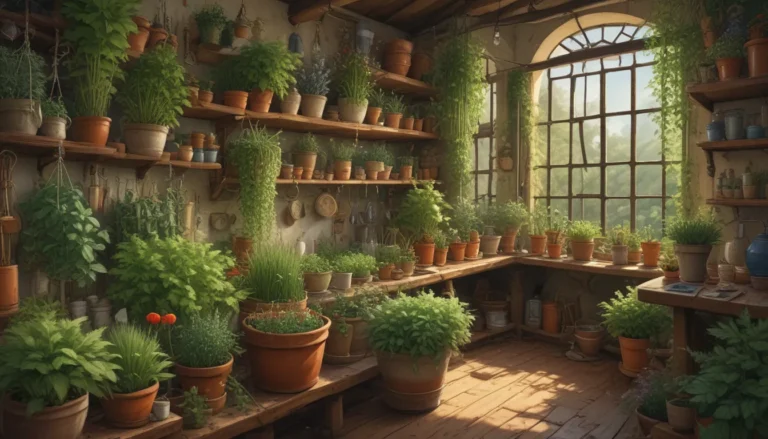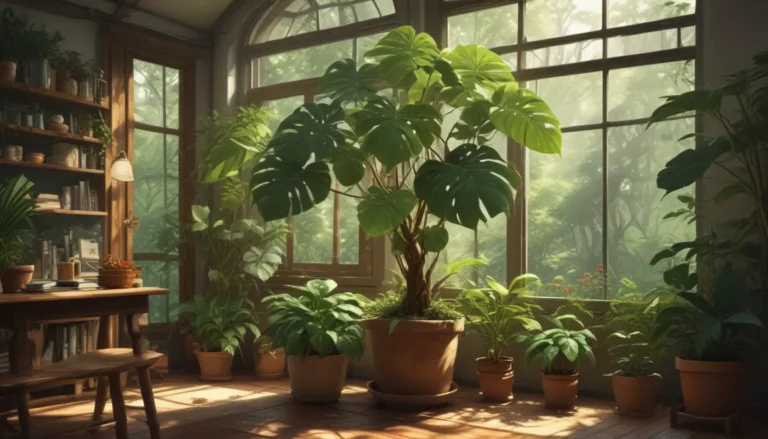Unlocking the Secrets of Blooming Crocuses: A Comprehensive Guide

Crocuses are a magnificent flowering plant that provides a stunning display of colors, emerging bravely through snow-covered landscapes. However, for many gardeners, the disappointment of waiting for those vibrant blooms only to be met with a barren field can be disheartening.
If you have faced challenges with your crocuses not blooming as expected, fear not – I’ve got you covered! In this detailed guide, we will dive deep into the various reasons why your crocuses may not be blooming and provide practical solutions to help you bring those beautiful flowers to life.
Uncovering the Mysteries of Blooming Crocuses
Are you ready to uncover the secrets behind blooming crocuses? Let’s explore the nine potential reasons your crocuses may not be blooming:
- The Soil
- Bad Bulbs
- Fusarium Rot
- Gray Mold
- Critters
- Inadequate Planting Depth
- Not Enough Sun
- Over-Fertilization
- The Wrong Temperature
Now, let’s delve into each of these factors to understand how they can impact the blooming of your beloved crocuses.
1. The Soil
Imagine the resilience of crocuses as they push through tough soil to display their glory. However, for them to bloom successfully, they require loose, well-draining soil. If you notice your crocuses struggling to emerge, consider the soil quality.
To enhance the soil for your crocuses:
– Create a blend of topsoil and compost to loosen the soil.
– Work this mixture into the earth carefully, ensuring the spiky leaves can push through.
– Provide adequate water for nourishment.
2. Bad Bulbs
Before planting your crocuses, inspect the bulbs for signs of damage or rot. Firm, healthy bulbs are essential for successful blooming. Purchase high-quality bulbs from reputable sources to ensure a vibrant display in your garden.
3. Fusarium Rot
In regions susceptible to fusarium rot, it is crucial to identify and address this issue promptly. Removing infected bulbs and reducing fertilizer application can help mitigate the impact of this disease on your crocuses.
4. Gray Mold
During rainy seasons, watch out for gray mold, which can affect your crocuses. Remove affected parts and apply fungicide to prevent further damage. Regular inspection and proactive measures can protect your flowers from this fungal disease.
5. Critters
Protect your crocuses from pesky critters like squirrels and deer by using methods like chicken wire barriers or plant-safe pest repellents. Consider planting deer-resistant bulbs alongside your crocuses to ward off these garden intruders effectively.
6. Inadequate Planting Depth
Ensure that you plant your crocuses at the appropriate depth to optimize blooming. Planting too deep or too shallow can hinder their development, leading to disappointing results.
7. Not Enough Sun
Crocuses thrive in full sunlight or partial shade. Ensure your plants receive adequate sunlight throughout the day to support their blooming. Avoid planting new shade trees over your crocuses to maintain optimal light exposure.
8. Over-Fertilization
Be cautious when fertilizing your crocuses, as excessive nitrogen can harm the bulbs and foliage. Consider the soil quality and source of nutrients before applying fertilizer to prevent potential issues with blooming.
9. The Wrong Temperature
Weather fluctuations can affect the blooming of your crocuses. Be patient and observe changes in temperature, as variations in winter conditions can impact the timing of their blooms.
Experiencing Vibrant Crocus Blooms
By addressing these potential issues and implementing effective strategies, you can overcome the challenges preventing your crocuses from blooming. With proper soil preparation, bulb selection, disease prevention, and critter control, you can create a thriving environment for your crocuses to flourish.
Do you have any tips or questions about blooming crocuses? Share them with us in the comments below! Don’t miss out on additional insights into growing spring bulbs:
- When to Plant Crocus Bulbs
- Winter Blooms for Your Garden
- How to Force Spring Blossoms Inside
- 11 of the Best Crocus Varieties for Your Garden
Conclusion
Unlock the secrets of blooming crocuses and transform your garden into a colorful paradise. With a little care and attention to key factors like soil quality, bulb health, and environmental conditions, you can enjoy a magnificent display of crocus blooms in your outdoor space. Embrace the joy of vibrant flowers and witness the beauty of nature’s resilience in your very own backyard.





